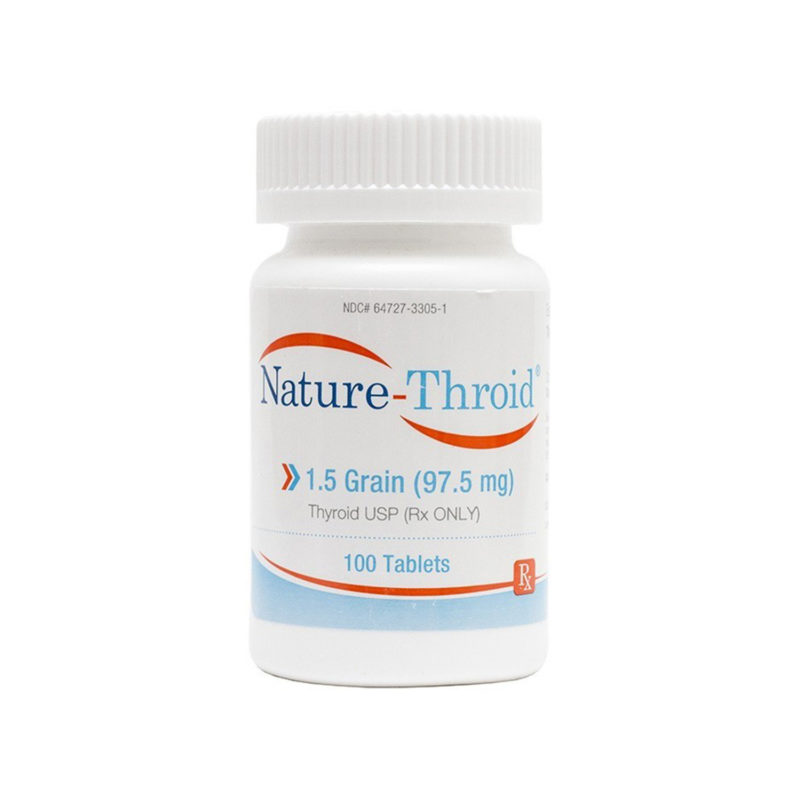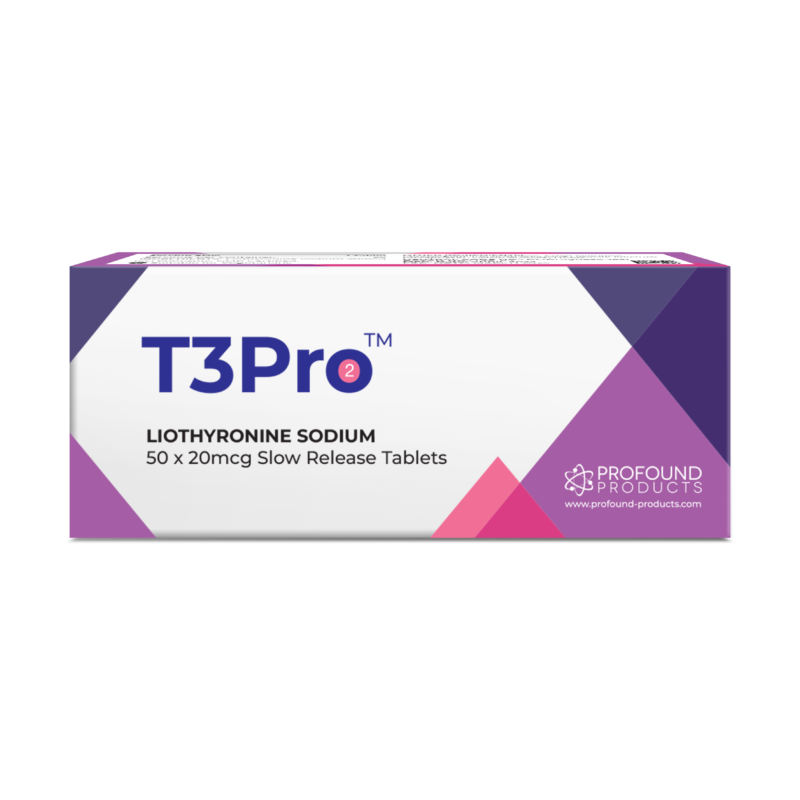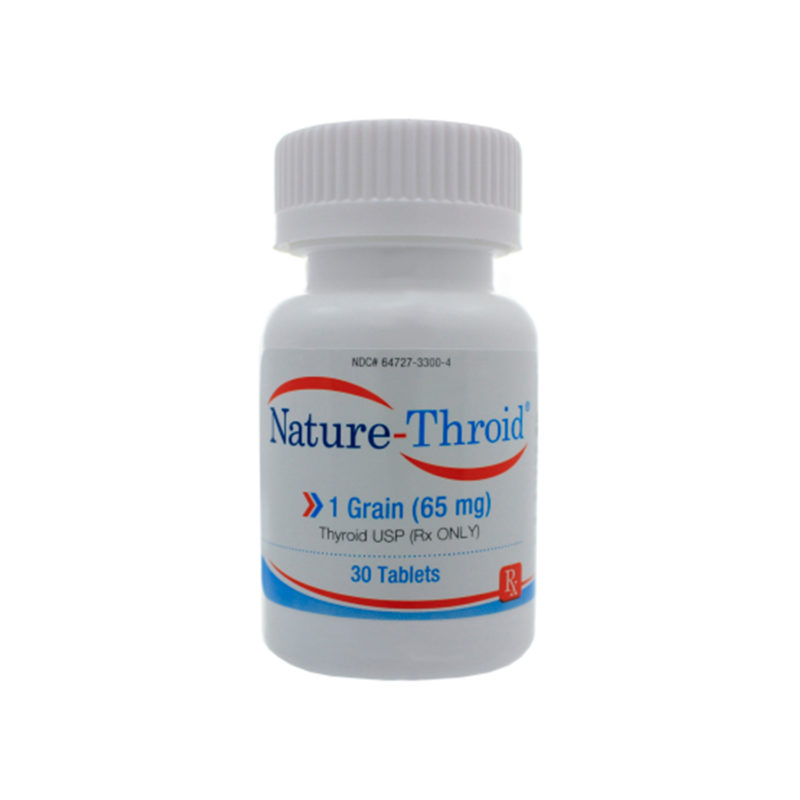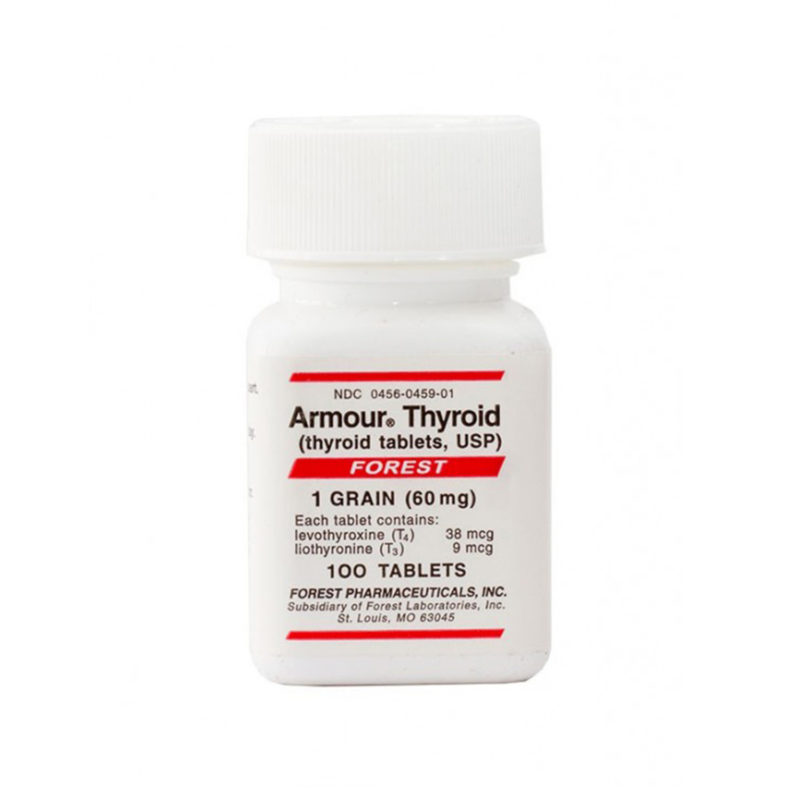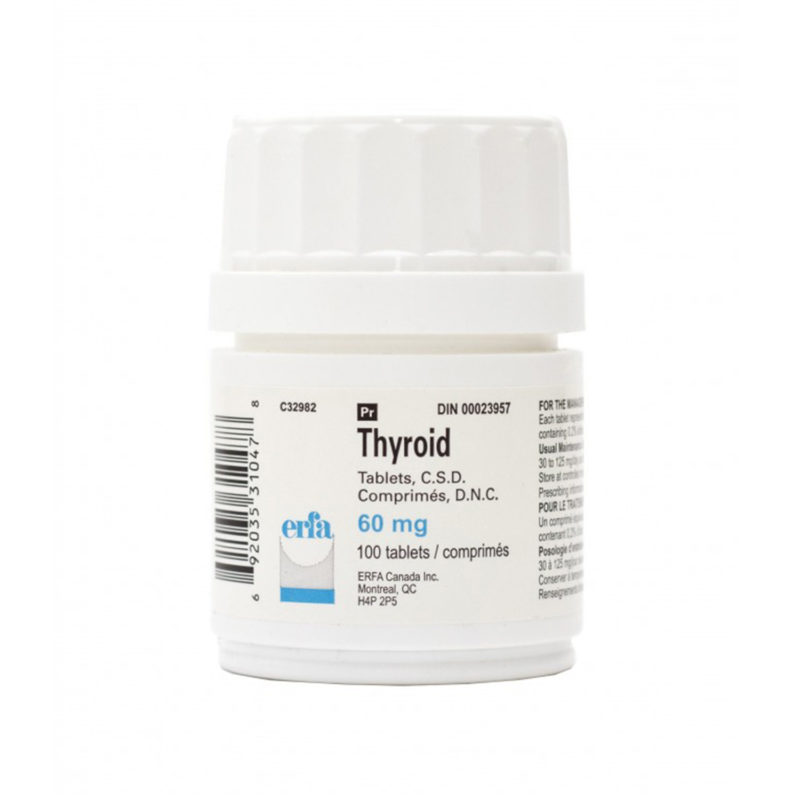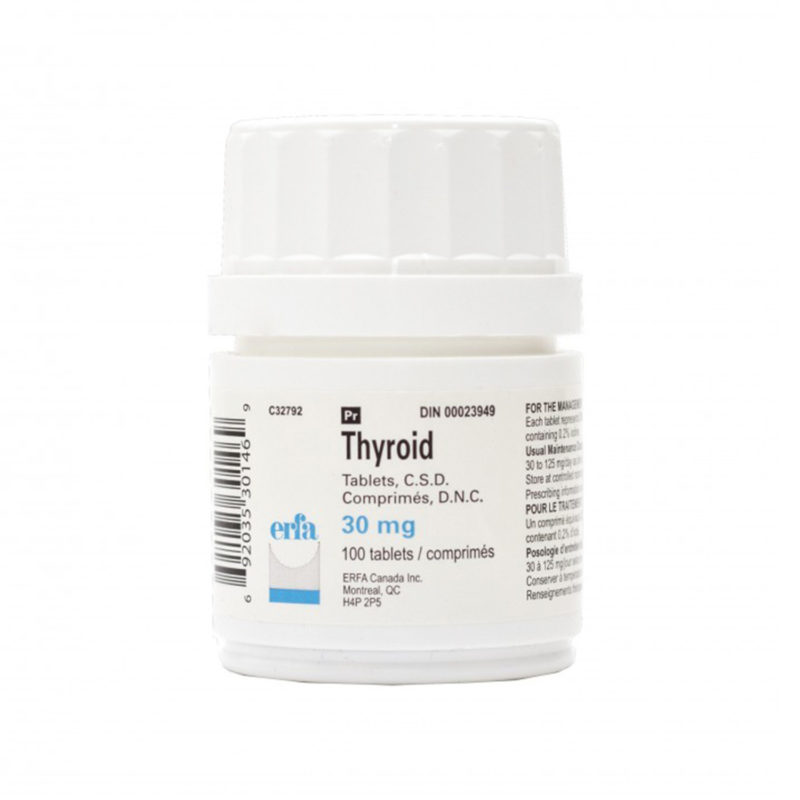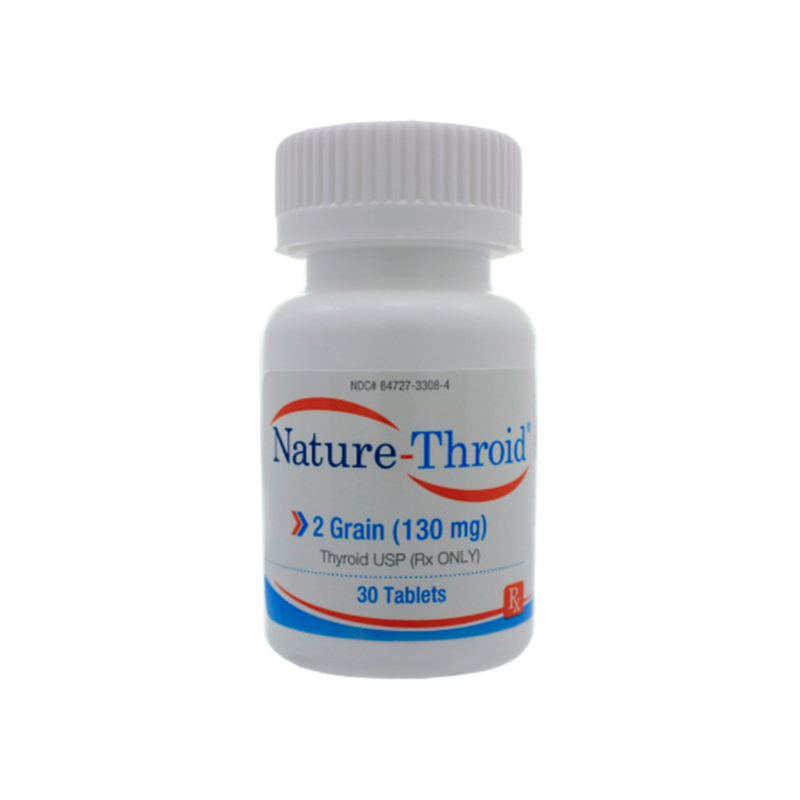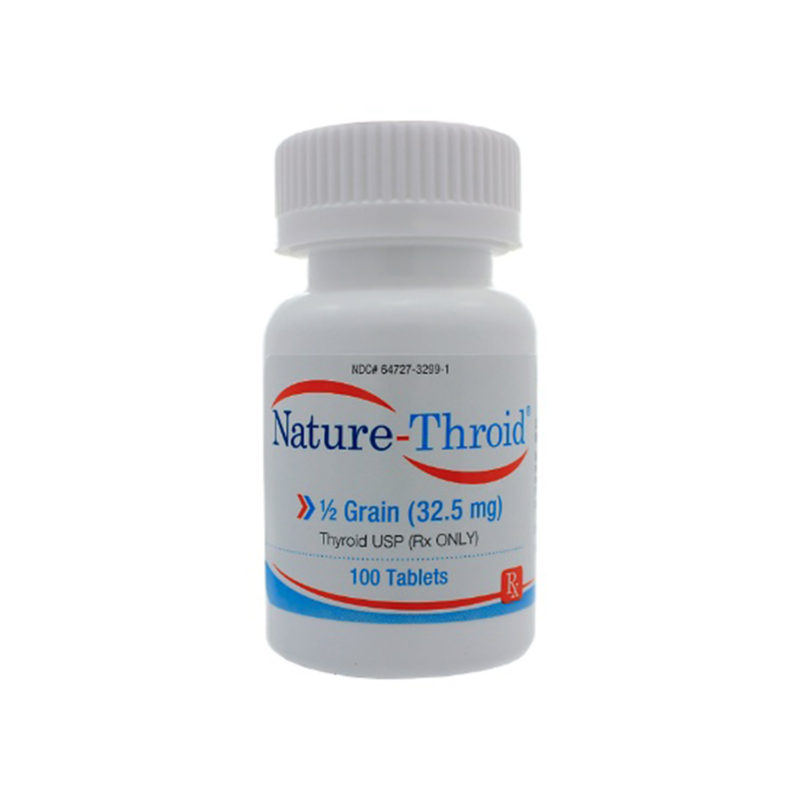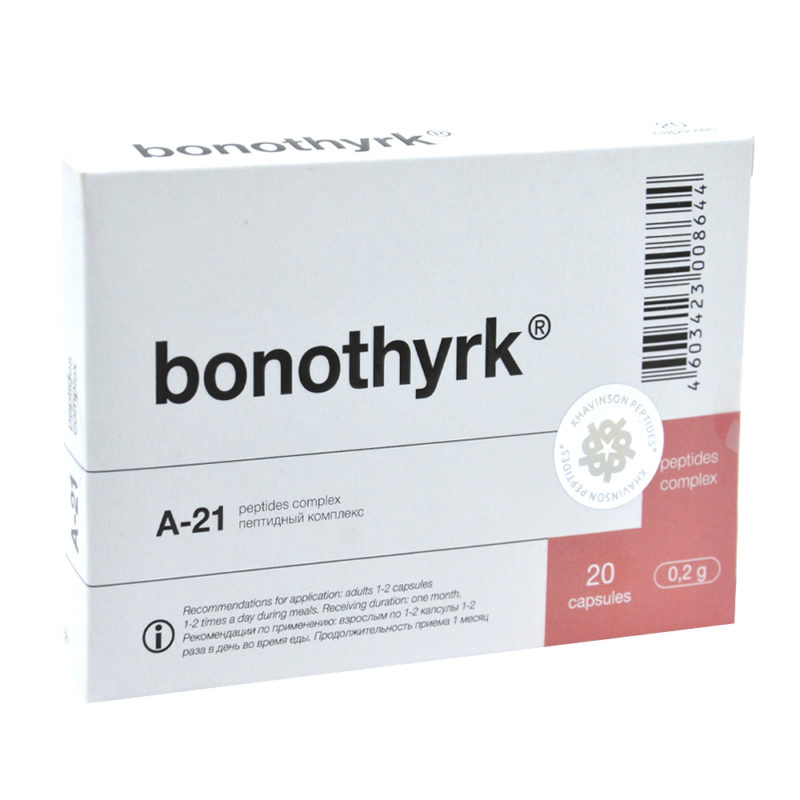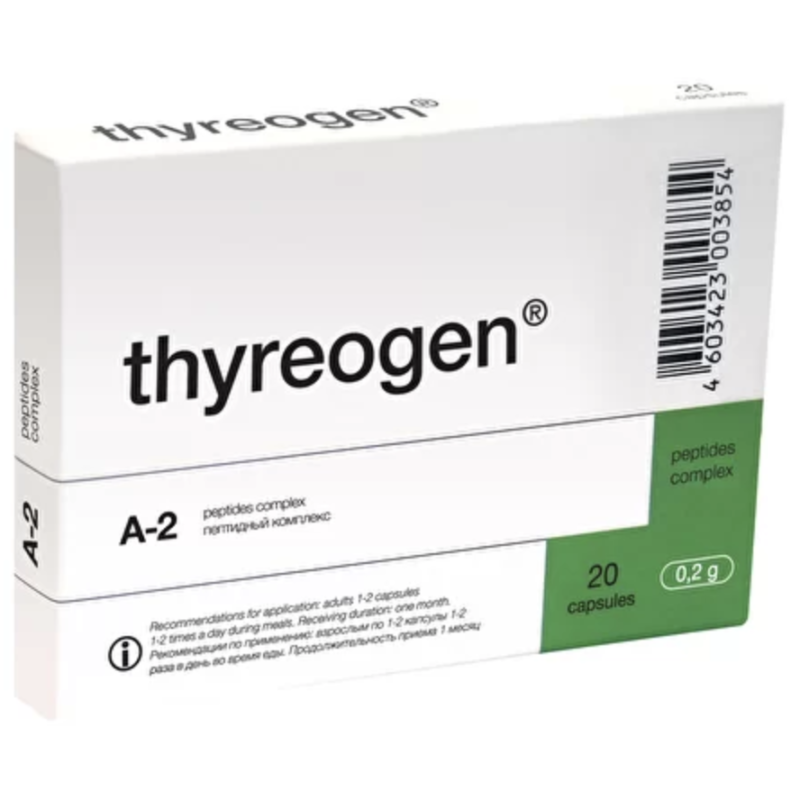Outdated Doctors Refuse Patients with Fatigue and Hormone Problems
I was shocked when I read the lead medical article in the March 4 edition of the Swedish equivalent of JAMA.¹ Five Swedish endocrinologists (hormone doctors)* were petitioning the Swedish FDA to stop all advanced testing and treatment of fatigue and other thyroid problems in Sweden! Apparently, these five conventional medical doctors were only treating very severe problems, such as Addison’s and Cushing’s syndromes, and sending the remainder of their patients home with a diagnosis of ‘normal,’ despite severe signs and symptoms of hormone deficiencies. Other doctors and test labs, such as ScanLabs, picked up the slack and did their best to actively treat thousands of neglected patients in the greater Stockholm area.
I had a difficult time coming to grips with this medical gang of five who neglected their patients and therefore violated their Hippocratic oaths. Apparently, money talks, and in modern medicine in Sweden, as well as the USA, money talks big-time. This gang of five wanted the field exclusively to themselves and they did not care who suffered.
I thought about these neglected patients when I last visited Stockholm. Last year in a large bookstore, Akademiska Bokhandel, in downtown Stockholm, I sat and discussed endocrinology with my dear English chum, Dr. John. He introduced me to a soon-to-retire Swedish physician named Anna. Anna was retiring due to her disabling hypothyroidism that was diagnosed but remained untreated in Sweden due to the negligence of the above mentioned gang of five.
Case Study
Anna was desperate for help, and she asked Dr. John if he knew anyone who could help her. I was only too glad to assist her in her time of need. Anna explained that her fatigue was so severe she often stayed in bed in the mornings until after 10 a.m. She mopped around her apartment for several hours trying to get organized. She often suffered from muddled thinking, especially in the early mornings – classic signs of weak thyroid glands. Her best chance to feel and think ‘normally’ was to engage in vigorous exercise. This daily regiment allowed her to carry on during the remainder of the day without significant adverse effects. However, she was losing her hair, her arms were ‘puffy’ (edema), and her cheeks were sagging downward (myxedema), due to daily accumulation of waste between skin cells that was not being cleared metabolically due to low thyroid hormones. I questioned her in detail about the remedies provided by conventional medicine. She said her doctor gave her ‘levothyroxine’ or T4. I told her that consuming only levo or T4 works for some patients, but many patients such as herself were not converting T4 to T3, the critical active hormone necessary for normal metabolism and waste clearance. She immediately understood, and she promised me she would add T3 thyroid to her daily regimen. Better still, I suggested she purchase a natural combination of T3 plus T4 called ‘desiccated thyroid’ when she travelled abroad. I mentioned that she could easily purchase desiccated thyroid called ‘Armour® thyroid’ from my British pharmacist colleagues. She agreed to try. Furthermore, I explained that this wonderful natural thyroid extracted from pig thyroid glands contains a valuable ingredient called ‘thyroglobulin.’ Thyroglobulin is Mother Nature’s time-released form of T3 that allows a steady-state supply of T3 throughout the body 24/7. With desiccated thyroid and dietary changes, Anna’s lethargy should improve within approximately four months.
Dietary Changes Critical to Hormone Health
These remedies should put her back in consistently good health, especially when combined with dietary measures, such as eliminating all dairy and grain products and substituting them with soy products and ‘sprouted’ bread – foods available at any health food store. Age related functional hypothyroidism is mostly related to non-thyroidal illness like food intolerance causing thyroid receptor resistance. Generating high T4/T3 values to compensate for receptor resistance will make patients feel better in the short term, but they will get worse as high blood values create receptor resistance which is the body’s way of protecting against toxic high doses.
Anna was pleased with this valued information, and, after too much caffeine, we talked enthusiastically in the bookstore coffee shop. Other patrons overheard our conversation, and they approached me with hormone questions. Soon a group of eleven bookstore patrons crowded around me and peppered me with hormone questions. (Was this Swedish democracy in action?) This spontaneous gathering of mistreated Swedes did not surprise me given the short-shift by conventional medical doctors.
A Second Case Study
One of the eleven people who joined our conversation was a very charming twenty-seven year-old blonde woman who had just returned from rescue work in Haiti and was on her way to help other aid workers in Egypt. She had similar thyroid problems to Anna’s with the additional symptom of recent dramatic weight gain. I mentioned that weight gain around the abdomen and thighs is yet another typical problem of weak thyroid glands. I palpated her lower throat and determined she also had a bit of goiter presumably due to lack of iodine in her diet. I suggested she be tested in Egypt where she could buy the desiccated thyroid without a prescription. I advised her to start with 15 mg of Armour thyroid 45 minutes before breakfast every morning. (Other thyroid meds include Nature-West-thyroid®, ERFA®, Thyroid T3-Titre®, and Thyroid T4-Eutriox®). Then she should stepwise increase the dose 15 mg every ten days until she reached 90 mg. Then she should see a physician, especially if she had side effects, such as rapid heartbeat or feeling ‘overheated.’ (Rapid heartbeat requires immediate suspension of the medication, and after a few days, one should reduce the dose by 15 mg). She was a bit surprised that a third-world country would openly supply such advanced hormone medications unavailable in Sweden due to the outdated thinking of the Swedish FDA and conventional medical doctors.
Proper Patient Evaluation and not Lab Tests Critical to Quality of Life
In evaluating her problems, she should not rely solely on lab tests, such as blood and urine. This is the mistaken belief of the gang of five. I am of the strong opinion that she needs to be treated by a physician trained to recognize signs and symptoms of weak thyroid and adrenals and not merely treated according to lab results. I trust those physicians trained by the Thierry Hertoghe School of Medicine in Brussels, Belgium, as well as those trained by Harvard University graduate Jonathan V. Wight, MD, in the USA. Indeed, during the last thirty years in Sweden and the USA, too many ordinary physicians educated or perhaps miss-educated typically treat the lab test scores and not the patient. This is an egregious error since many patients will exhibit serious signs and symptoms of weak endocrine (hormone producing) glands yet their lab scores remain normal. This is because so-called ‘normal’ lab test reference ranges are calculated from patients seventy percent of which are ill and/or in poor health. Secondly, ‘normal’ lab scores and reference ranges are adjusted to the age of the individuals. This means that many physicians will classify a sixty-year-old within a ‘normal’ hormonal reference range for seniors, but the same lab scores in a twenty-year-old would be classified as severely impaired with marginally functioning hormone (endocrine) glands. Thus, incorrect lab score evaluations leave many patients suffering with a poor quality of life. They stumble through life, not realizing that their lives could improve immeasurably. It is unfortunate that they remain untreated and walk the streets in a mental fog and unable to work or function as they once did when they were younger and healthier. According to Dr. Hertoghe, incidence of death increases by about 43% when hypothyroidism remains untreated.
I accuse some conventional medical doctors of gross medical negligence precipitated by their refusal to study and embrace the medical endocrine literature of the last fifteen years. Over three hundred pages of these literature references are detailed in Dr. Thierry Hertoghe’s new book, The Hormone Handbook, Part II². For example, on page 383, twenty-nine signs of thyroid hormone deficiency physical complaints are tabulated. On page 388, twenty-three signs of cortisol (an adrenal hormone) deficiency are delineated. I list many of these signs and symptoms at the end of this article.**
Sufficient Adrenal Function Critical to Avoiding a “Pinched” Face, “Turkey Neck,” and an Emaciated Body
After reading these lists of signs and symptoms, try imagining cortisol deficiencies in the people you meet in your daily lives. Then, go one step further and compare the current photos with ten-year old photos of well known actors such as Jody Foster and Charlie Sheen. This is my observation as taught to me by more enlightened, modern endocrinologists. During the last ten years, both of these highly talented actors have exhibited untreated adrenal deficiencies (hypoadrenalism) or perhaps declining HGH (growth hormone) and sex hormones (testosterone and estradiol). Hormonal-deficient humans (and other animals) have significantly decreased production of hyaluronic acid, collagen and elastin in their bodies and faces. Collagen and elastin provide structural support to the skin that yields a plump, full-bodied, healthy appearance; that is to say, the rosy-cheeked, apple-pied flush of youth. Hyaluronic acid is the skin’s natural moisturizer.
Collagen and elastin are the body’s scaffolding. Without collagen’s and elastin’s structural support, one would have a sinewy, chiselled appearance. Eventually, one would acquire a ‘pinched’ appearance in the face, ever-increasing loose skin such as ‘turkey neck,’ and an ever-increasing thinness and boniness in the body, especially on the back of the hands. Internally, organs shrink and eventually malfunction. Low cortisol and elevated prolactin may lead to sclerosis and it may manifest itself as elongated chins and noses, especially during aging. Without treatment, deficient patients continue on a road to emaciation; that is to say, an ever increasing shrivelled and bony appearance. This is a tragedy of aging unknown or unappreciated by many, but it is correctable by physicians practicing antiaging medicine primarily in Belgium and the USA. Other major contributors to the body’s loss of structural support are deficiencies in anabolic hormones during aging, especially HGH and the sex hormones, testosterone and estradiol. These critical hormones also prevent signs of aging such as ‘turkey neck.’
A Third Case Study
A district nurse and licensed physician’s assistant, Maria, asked me for help with her long-suffering hypothyroidism. During the last four years, she walked around in a partial mental fog, especially when she took hour-long promenades in the Old Town (Gamla Stan) during cold Stockholm winters. I immediately remedied her condition by supplying her with Armour® thyroid. Unfortunately, she mistakenly showed the Armour® bottle to a Stockholm physician whose name I will withhold. Needless to say, the bottle was confiscated, and Maria returned to her funk. Later, the same physician relented somewhat and started Maria on a combination of synthetic T3 and T4 plus a limited ten-day course of prednisone™ (a synthetic form of cortisone), this regimen worked, although I believe Maria would have been better served by consuming natural desiccated thyroid combined with natural cortisone (often 5 mg tablets of hydrocortisone, four times per day for ten days). Again, the former contains the all-important time-release T3 called ‘thyroglobulin.’ I reluctantly approved of this physician’s course of treatment after learning she had received an advanced hormone education in Brussels by Thierry Hertoghe, MD. She had learned from Dr. Hertoghe that the thyroid gland should be jump-started with a boost from a ten-day course of prednisone™. I concur. I was very pleased to find Maria in the pink of health and back to work as a district nurse.
Natural Remedies for Boosting the Thyroid and Adrenal Glands
I do agree with conventional medical doctors in their Lakartidningen article¹ that synthetic hormones are dangerous and should not be used by untrained people. In fact, in 1998 JAMA reported that more than half of all clinically double-blinded drugs registered in the US between 1975 and 1994 had serious side effects.³ Consequently, prescription drug related deaths are the fourth leading cause of death in the USA. Therefore, I often prefer a natural approach when available.
Other prominent physicians in the world outside of Sweden are using natural remedies to boost endocrine production in those patients showing hormonal or immunological weakness. Foremost on the list is Prof. Abraham Morgentaler of the Harvard School of Medicine⁴. In fact, the faculty of the Harvard School of Medicine endorses some of Prof. Morgenthaler’s books, which are available on Amazon.com. Conventional medical doctors in Sweden could learn from the faculty of the Harvard School of Medicine.
Another valuable resource is the six-hour lectures on weak adrenals and thyroid available from James Wilson, MD. During the last thirty years, Dr. Wilson developed natural remedies that replace synthetic drugs such as prednisone™. I studied his six-hour lecture course; he recommends gradual replacement of synthetic cortisone, prednisone™, etc. with:
• Multiglandular liquid (adrenal, hypothalamus, pituitary, etc.) taken 4 times per day. (Note IAS provides Adrenal-Pro™ a natural extract liquid).
· Vitamin/mineral mix for increased adrenal cascade and consumed twice daily.
• Time-released vitamin C together with bioflavonoids (2:3 ratio), pH balanced, five times per day. (IAS provides Bio-En’R-Gy C®)
• Herbal adaptogens developed by Soviet scientists during the Cold War for their top athletes. (Typical natural adaptogens are licorice, Ashwagandha, Siberian ginseng, and Maca tinctures taken in 15 drops 4 times per day (morning, noon, afternoon, and bedtime).
• Natural testosterone transdermal gel applied 4 mg per day in women or 75 mg per day in men.
Unbalanced Adrenals Dramatically Impact the Thyroid Gland
Other similar herbal and vitamin treatments are advocated by Dr. Datis Kharrazian DHSc, DC, MS. He writes that eighty percent of Hashimoto’s patients suffer from an immunological disorder and not from hormone deficiencies! He states that inadequate conversion of T4 to T3 is often not diagnosed because a low T3 level does not affect TSH levels. He states that an elevated cortisol level suppresses conversion of T4 to the more biologically usable form of T3⁵. Also, elevated cortisol causes pituitary suppression of HGH, LH, and TSH which indicates accelerated aging. Thus, unbalanced adrenals dramatically impact production of essential thyroid hormones produced by the thyroid gland.
I concur with his thinking, but I have little personal experience with his more natural approach. However, in patients with elevated cortisol caused by stressed adrenals, I recommend adaptogens Ashwagandha™ and Relora™ combined with 10mg time-released DHEA twice daily. DHEA blunts the unwanted side effects of excessive cortisol caused by stress and/or aging. This is similar to natural progesterone blunting the adverse effects of estradiol. Thus, Mother Nature provides balance to our hormones.
Conclusions
Medical technology is rapidly advancing, and if one bothers to read the endocrinology journals of the last fifteen years, dramatic new information will be revealed. Physicians should update their hormone knowledge as provided by specialized symposiums in Brussels and in the USA. A failure to update has resulted in significant patient neglect and suffering during recent years, especially in Sweden, but even in more remote areas of Europe and the USA.
Acknowledgements
I am very grateful for the editing and comments of Russell Laudon, MD from Queens, NY.
__________________________________________________________________________________
*Doctors Jan Calissendorff, Mikael Lehtihet, Mats Palmer, Cecilia Mattson, and Dan E H Anderson.
**According to reference two, physical signs of cortisone deficiencies are as follows. The more prevalent signs have highlighted in capital letters.
“Nervous, aggressive behavior with emotional outbursts of anger or anxiety [Charlie Sheen]; accusatory or being-the-victim language [Charlie Sheen], sharp verbal retorts with often melodramatic words that have negative and/or aggressive connotation such as ‘terrible,’ ‘horrible,’ ‘impossible,’ etc.; THIN BODY or obese body if sugar cravings predominate, yellow-brownish face, HOLLOW CHEEKS [Charlie Sheen & Jody Foster]; brown, hyper-pigmented spots on face, painful sinus points, conjunctivitis with inflamed eye globe, DARK CIRCLES UNDER THE EYES; bloated abdomen, contracted and painful colon (colitis), wet palms, brownish skin folds on palms, plaques of eczema, psoriasis, skin rashes, VITILIGO or white depigmented spots [after many decades of hypoadrenalism]; cheloid or excessive scar formation, irregular brown spots, melanoderma, darker brown birth spots (nevi) and scars, darker brown skin (in Caucasians), brown spots in buccal mucosa, brown skin folds; tachycardia, hypotension, orthostatic hypotension, or possible hypertension in stressful situations.”
According to reference two, physical complaints of thyroid deficiencies are as follows:
“Prone to ear, nose and throat infections, PRONE TO WEIGHT GAIN but difficult weight loss when dieting; overweight, obesity, SWOLLEN ALL OVER, MORNING FATIGUE, LETHARGY, apathy, feels best in the evening and when physically or mentally active, tiredness when taking a rest; INTOLERANCE TO COLD AND HEAT, inability to sweat in a hot climate, NEED TO WEAR SUPPLEMENTARY WARM CLOTHES IN ALL SEASONS, EASILY SHIVERS, poor circulation with white appearing fingers during winter, DRY HAIR, slow growing hair, diffuse hair loss, diffuse headaches, migraine headaches, tinnitus; DRY SKIN, BRITTLE AND SLOW GROWNING NAILS; bloated abdomen, DYSPEPSIA, CONSTIPATION; MUSCLE AND JOINT STIFFNESS UPON WAKING, diffuse myalgia (muscle pains) and arthralgia (joint pains), mostly in the mornings, FEET AND LEG CRAMPS AT NIGHT, carpal tunnel syndrome, and lower back pain.”
References
1. The Swedish equivalent of JAMA is called ‘Lakartidningen’ and the article in question is available at https://lakartidningen.se/debatt-och-brev/2011/03/trotthet-och-pseudodiagnostik/.
2. Hertoghe, T., 2010, the Hormone Handbook. 2nd ed. Surrey, England: International Medical Publishing.
3. Jason et. al. and Bates, D. W., 1998, Journal of the American Medical Association, 279, p. 1200-1205 and p. 1216-1217.
4. Morgentaler, A., 2010, Testosterone for Life. New York: McGraw Hill.
5. Kharrazian, D., 2006, Why Do I Still Have Th
